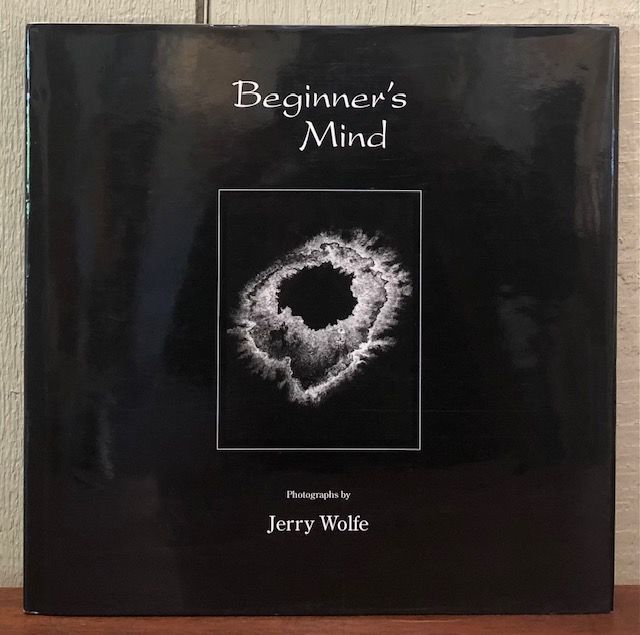Focal Press (i.e., the Media Technology component of Elsevier Publishing) has just published a "book" (a pristine copy of which I have been happily browsing through after it had - literally - landed on my doorstep with a loud THUD!; I put the word "book" in quotes because, as I will describe below, to call this massive cinder-block of a reference work a "book" is roughly equivalent to calling a fresh uneaten loaf of bread a "crumb";-) that has all the tell-tale signs of being a classic scholarly reference for photographers and students of photography for years to come: The Focal Encyclopedia of Photography, Fourth Edition, edited by Michael R. Peres (also available from Amazon).
The encyclopedia is a significant update of its predecessor volumes, with a massive amount of new material. The first edition, a classic in its time when it was published in 1956, has been long out of print and is obviously extremely dated given all of the advances in photographic science, engineering and art that have occurred since then. The third edition (edited by Richard D. Zakia and Leslie Stroebel), which I own and love, is only a decade old but has very little on the burgeoning field of digital photography. However, it still contains a veritable storehouse of useful information and, though it is also out of print, is available in some used book stores (given the hefty price of the new volume, some students on a budget may want to instead consider the third edition).
The new fourth edition has 880 pages in all, over 400 images, covers all major (and minor) areas of photography (ranging from photography and art / society / commerce, museums, the science of photography, galleries, workshops, education, publishing, history, theory, practice, criticism, and short biographies of selected photographers in the 20th Century), and comes with a CD-ROM that contains the entire (and fully searchable) text + images in the book (this one surprising, and most welcome, addition is alone worth the "price of admission").
The book is very handsomely produced, with strong, thick covers and thick, semi-glossy pages that give the volume a "classy feel" and give the overall impression that the editors designed it to be well thumbed and used, and to last a long, long while (which I pray it does since most of my photo books, particularly reference works, tend to become tattered and grow nested dog-ears in no time, as I repeatedly dive in for the shear pleasure of discovering some morsel of photographic delight).
The encyclopedia does have one unfortunate, but arguably unavoidable, drawback: it is so big and heavy that it is impossible to just "whip it out" on your lap and sink into (a flimsy chair) for some leisurely reading; you have to plan on when and where you will be reading this monster! ... and, God forbid, don't even think of taking it to an upstairs room to read in bed: if the staircase doesn't collapse from the weight before you get there, your bed surely will! ;-)
Kudos to Focal Press' editorial board for producing such a fine masterwork. It will likely become the "standard" such reference for all current and future generations of students of photography (and, I suspect, quite a few working professionals as well).











